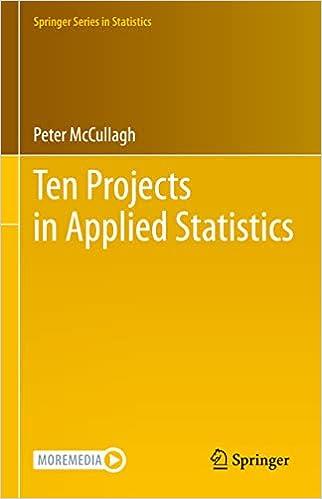According to the discussion of Dong et al. (2015) in Sect. 12.1, the real-estate market in Beijing
Question:
According to the discussion of Dong et al. (2015) in Sect. 12.1, the real-estate market in Beijing is divided up into 1117 land parcels, which are partitioned into 111 districts. These administrative regions remain fixed over the time period of interest. Each land parcel has a geographic position, an area, and a population density. To each district there corresponds a subset of one or more neighbouring districts. Every boundary parcel has at least one 'foreign' neighbour, a parcel outside of Beijing; likewise for districts. Two Beijing districts are isolated and have no neighbours within the city.
Discuss the nature of these variables in the setting of a study of Chinese quarterly real-estate market valuations. What are the observational units? How many are there? Which variables would you classify as covariates? Which variables would you classify as relationships? At least one of these relationships is an equivalence relation. Which one? Is a district a neighbour of itself? At least one relationship is Boolean but not transitive. Which one? At least two relationships are metric. Which two? What other types of relationships might be relevant?
Step by Step Answer:






